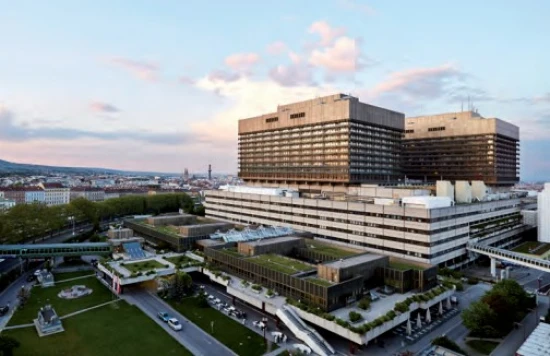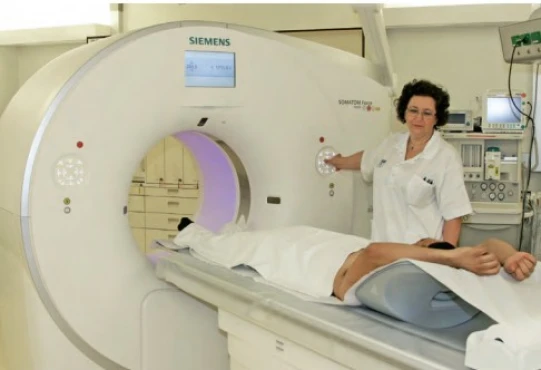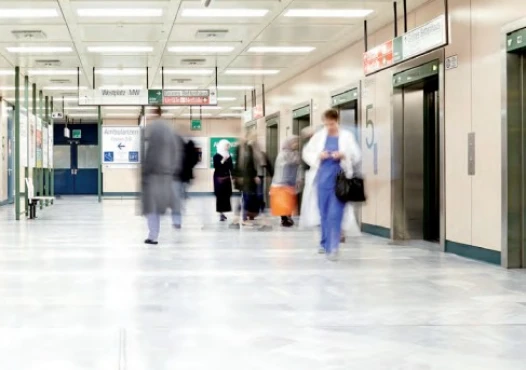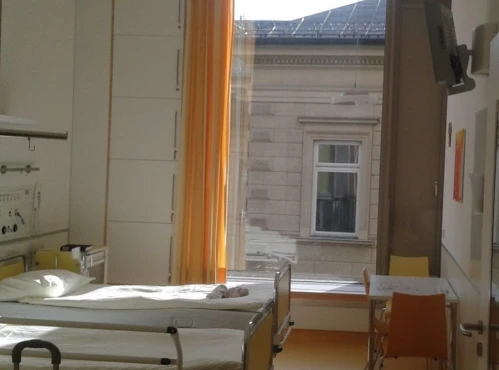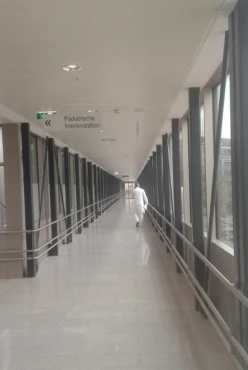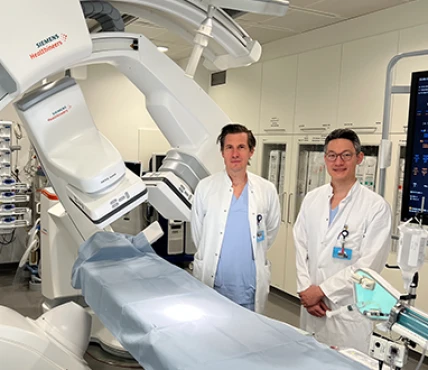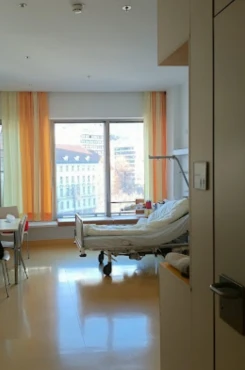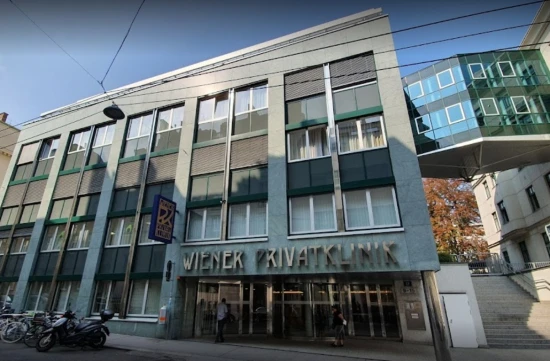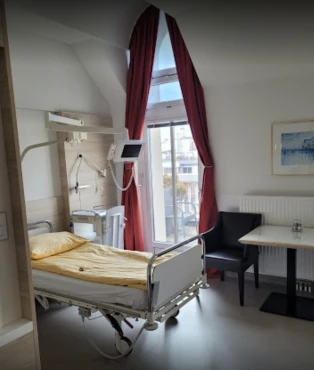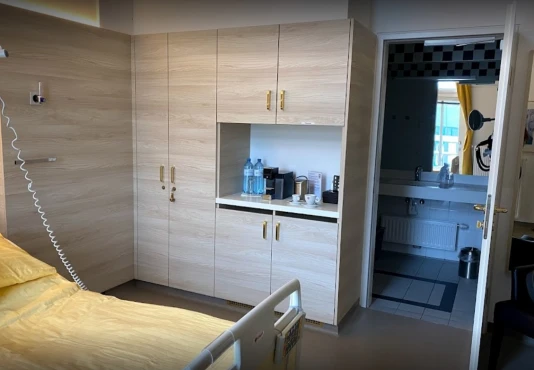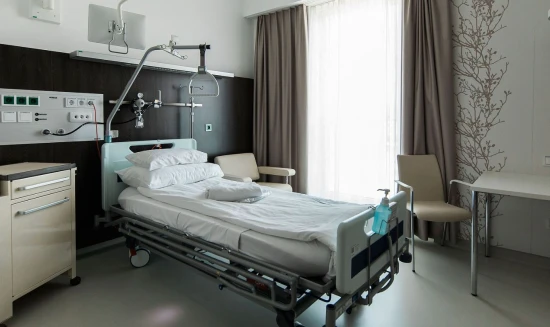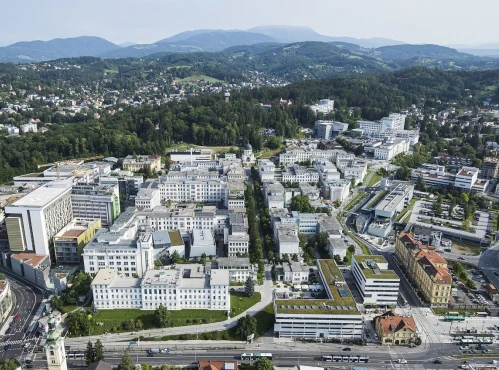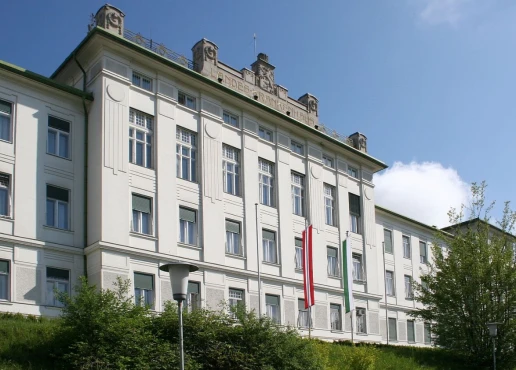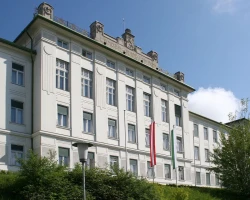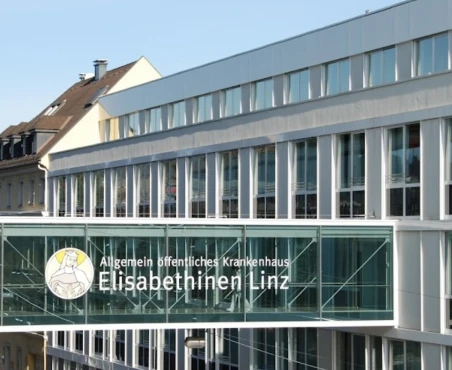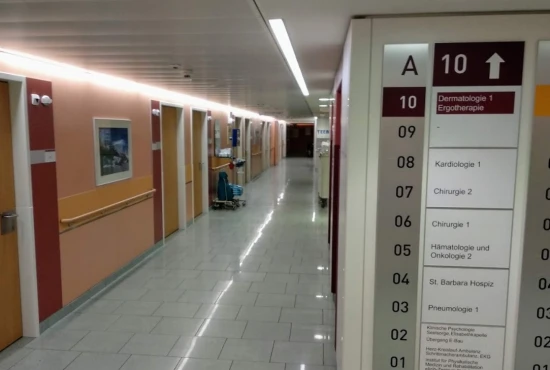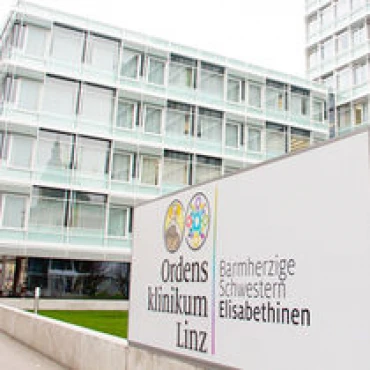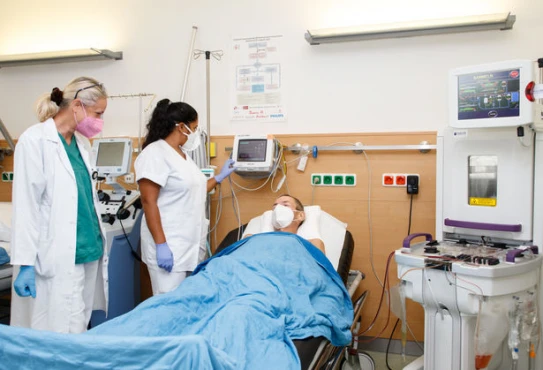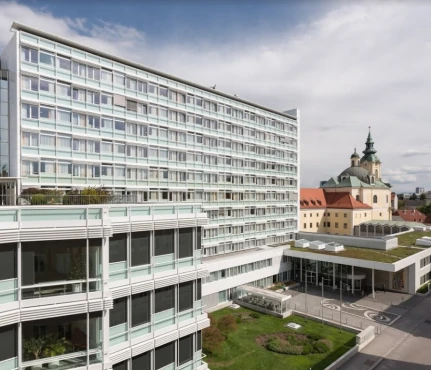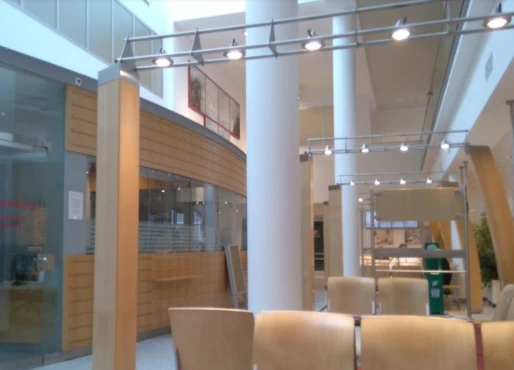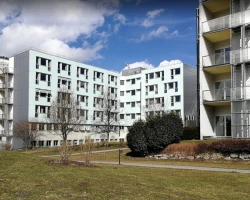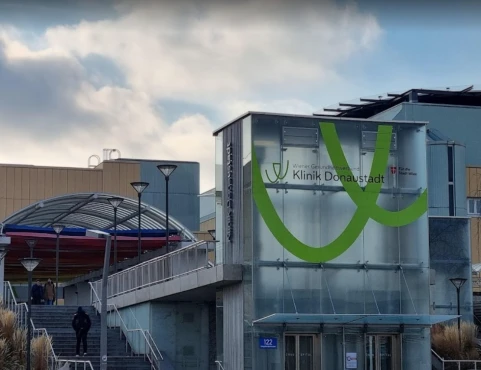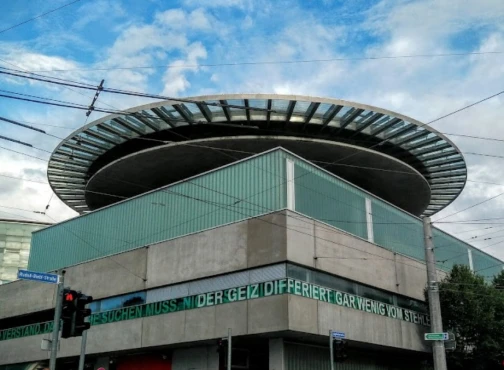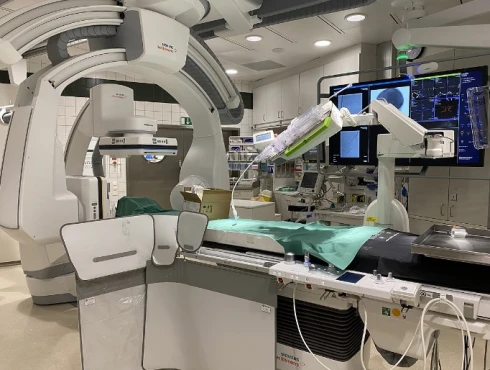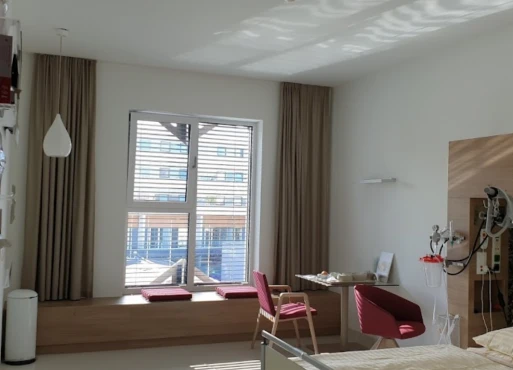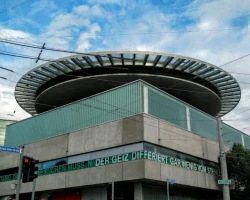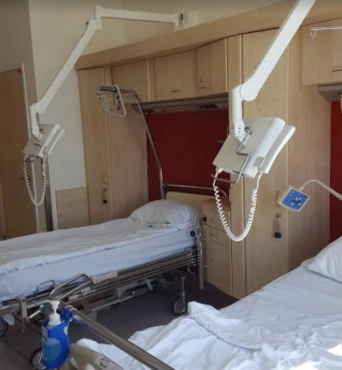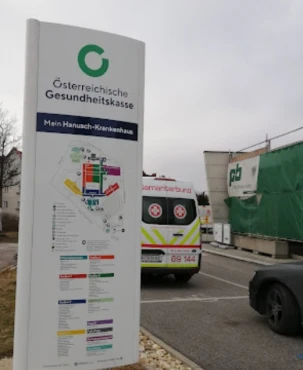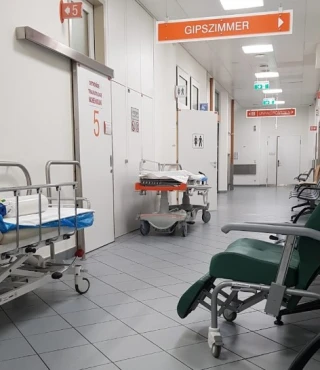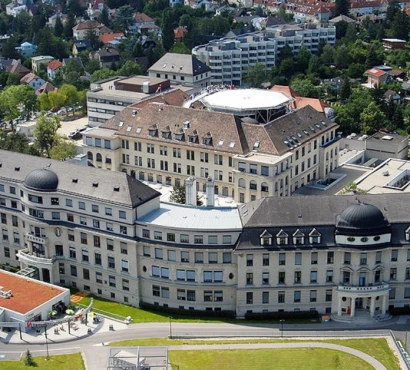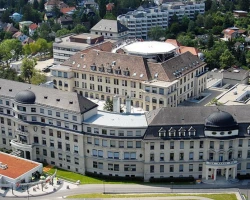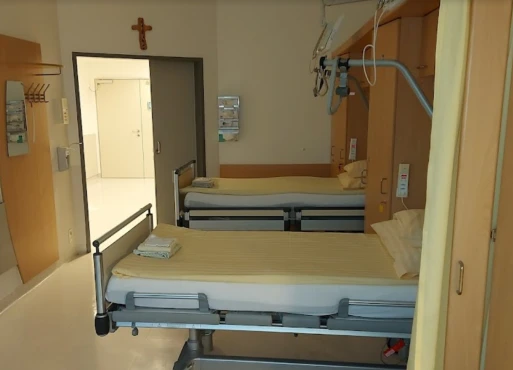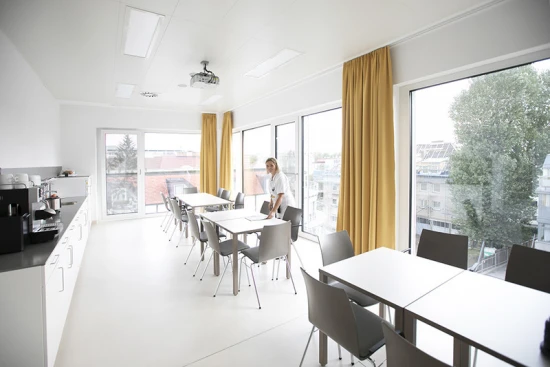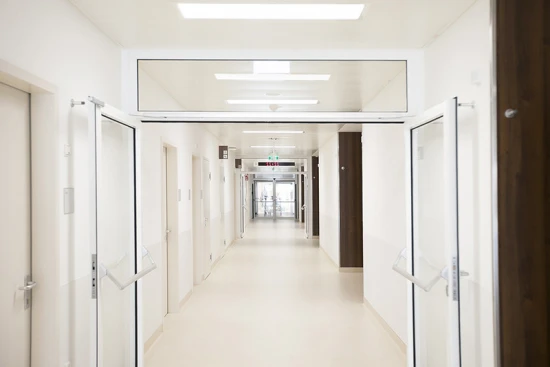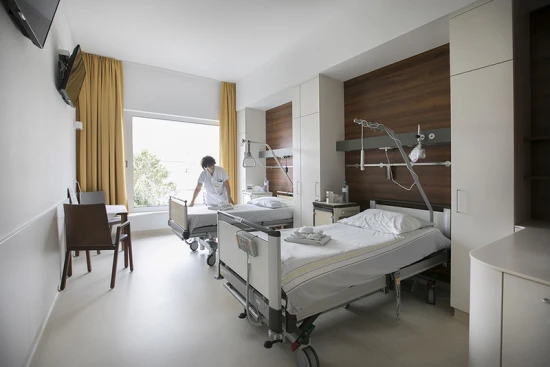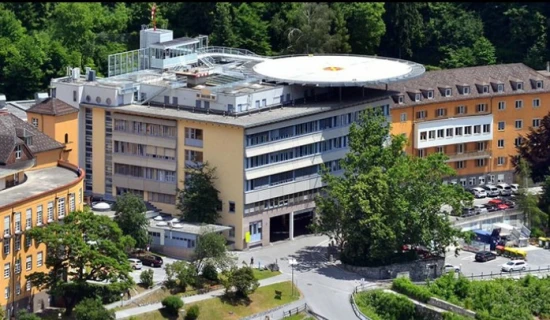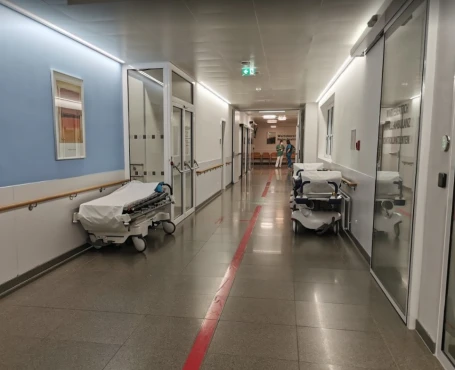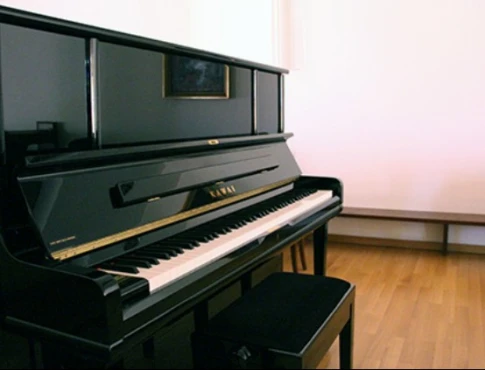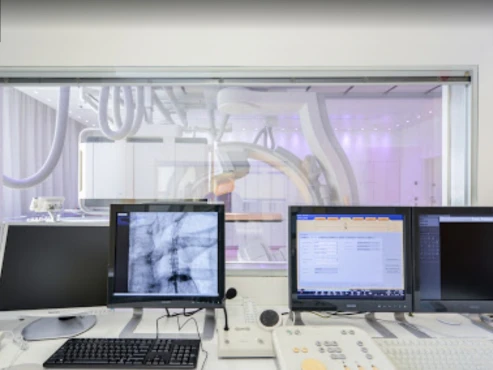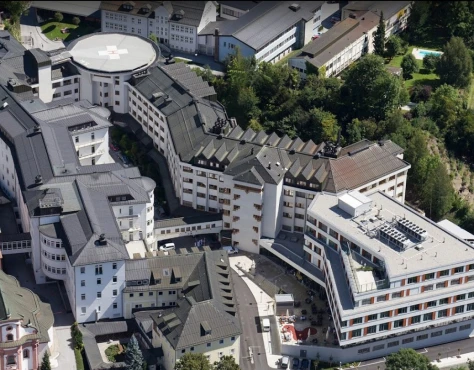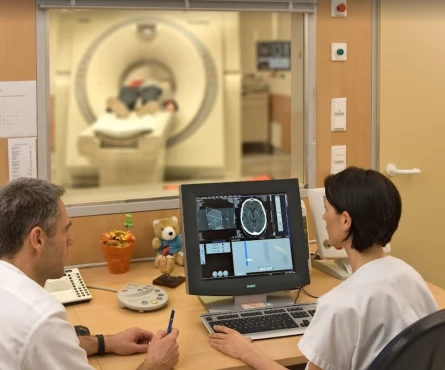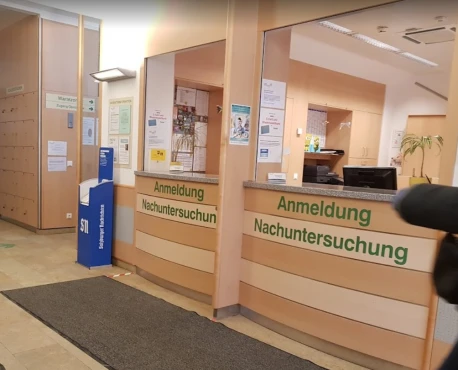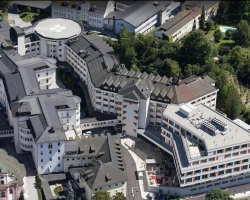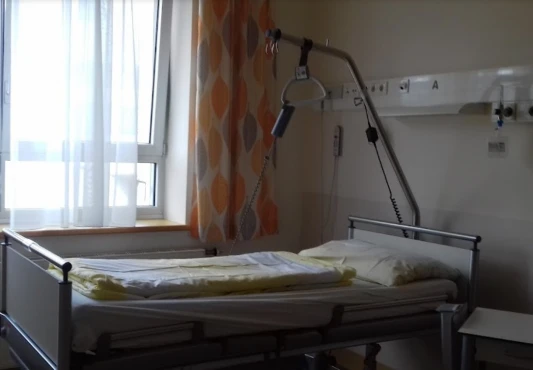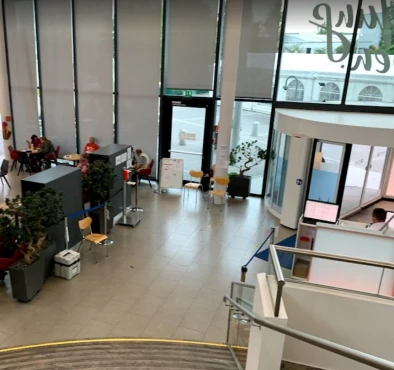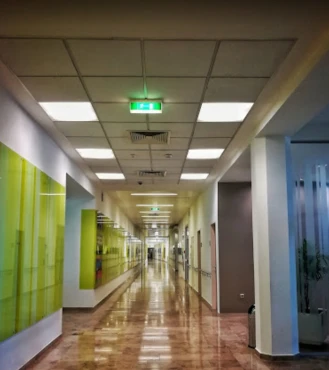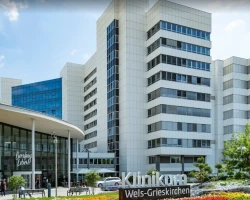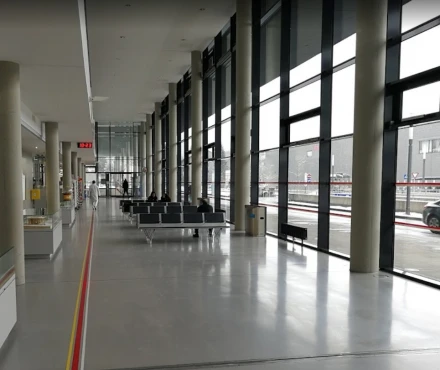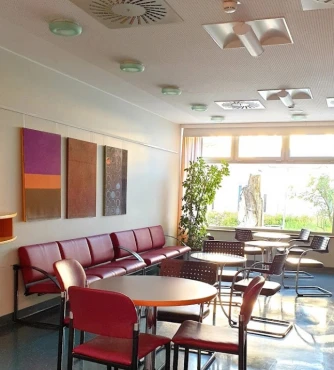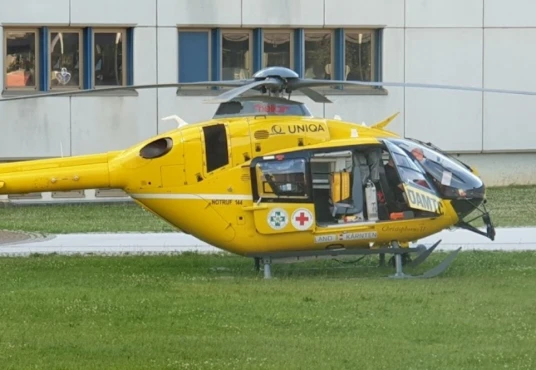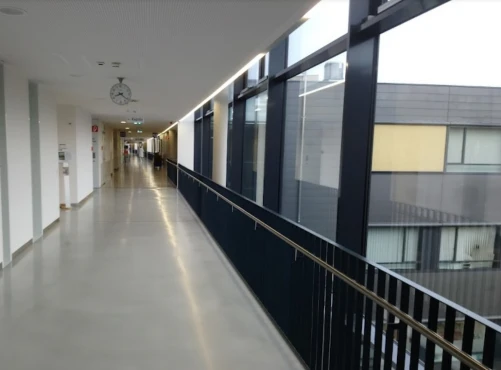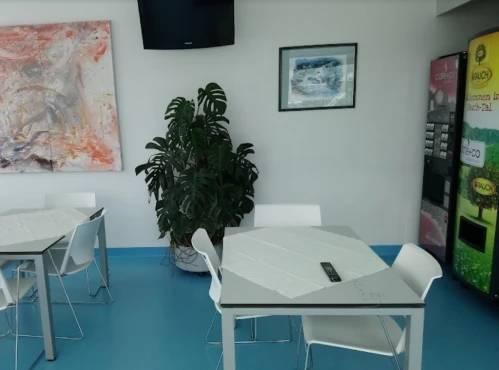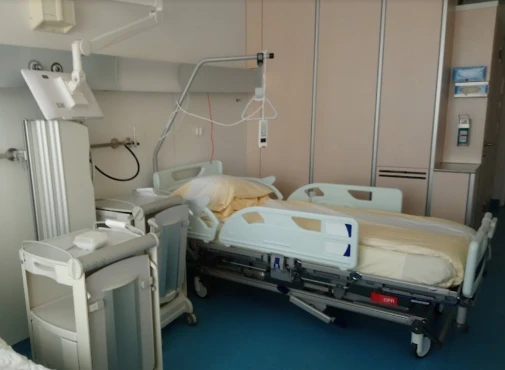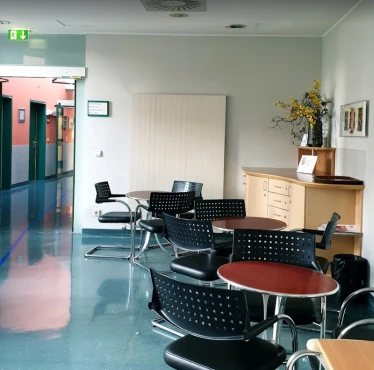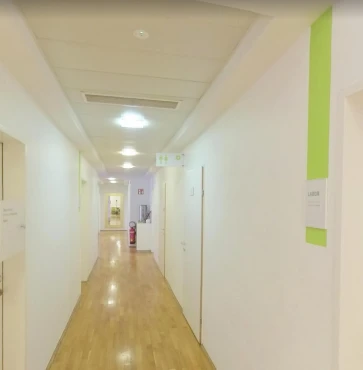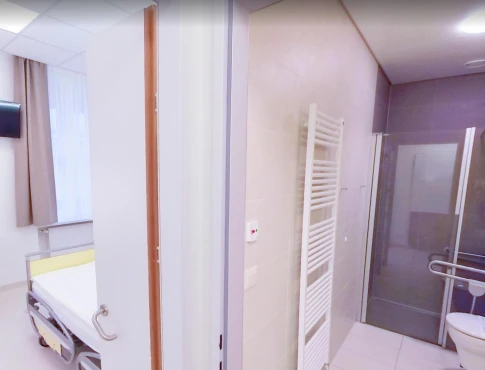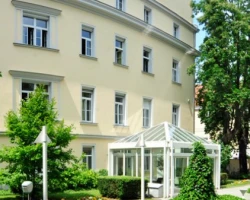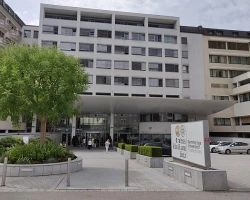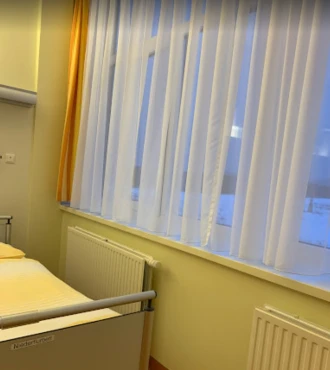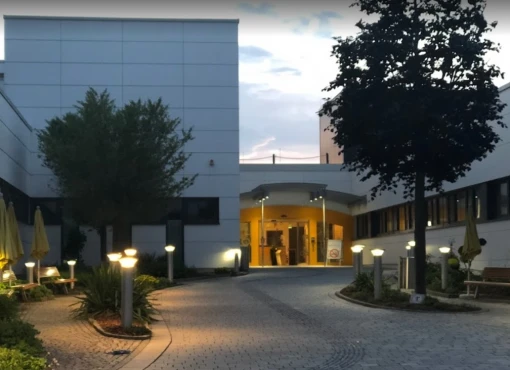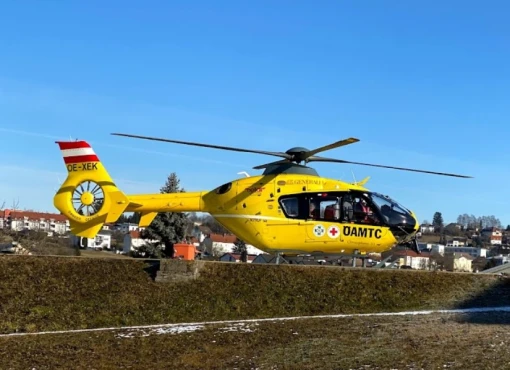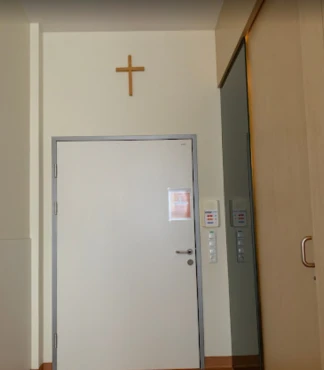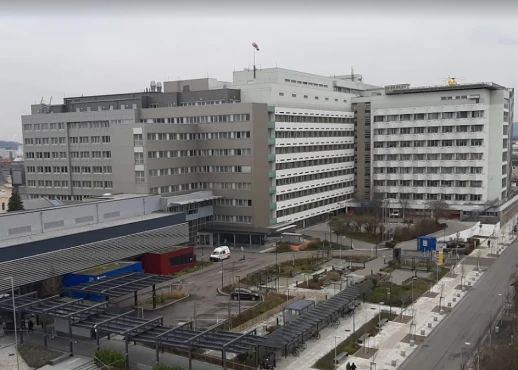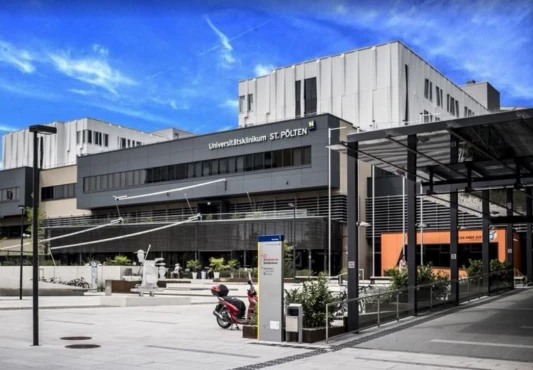Etiology and pathogenesis of PE
Pulmonary embolism (PE) is a form of venous thromboembolism (VTE). This condition develops due to the presence of an embolus (blood clot) that restricts blood flow through the pulmonary artery or its branches (they are embolized). This can lead to a life-threatening condition, so correct diagnosis and prompt treatment are very important in PE. In this article, we will analyze such key points as the origin (etiology) and development (pathogenesis) of this pathology, as well as touch on the issues of its prevention.
A bit of anatomy
In the context of the analysis of the etiology and pathogenesis of PE, it is necessary to recall the features of blood circulation in the pulmonary circulation. The latter begins in the right ventricle and ends in the left atrium. Venous blood from the heart flows through the pulmonary arteries, is enriched with oxygen in the lungs, and returns back through the pulmonary veins.
Where is the embolus formed?
Before considering the causes of PE, it is necessary to understand what venous thromboembolism is. This disease is typical for patients older than forty who suffer from obesity and varicose veins of the lower extremities. Often the risk of thromboembolism is increased in people whose blood relatives suffer from this pathology (positive family history).
Venous thromboembolism occurs in about one to two out of 1000 people a year and is manifested by the presence of blood clots in the deep veins of the lower extremities.
The frequency of this disease increases with age: for example, this disease is 3 times more common in people over 65 years of age than in patients aged 45–55 years. This is due to the fact that the production of circulating anticoagulants (molecules of the anticoagulant system), such as protein C and S, decreases faster than the concentration of the components of the coagulation system decreases.
Also, in elderly patients, venous insufficiency is observed, which is manifested by venous congestion, which in turn also increases the risk of thrombosis.
The connection between venous thromboembolism and pulmonary embolism is due to the fact that the embolus enters the vessels of the lungs from the deep veins of the lower extremities and in most cases is a detached piece of a blood clot from these veins. Less commonly, a thrombus forms already in the cavity of the heart, for example, with a pathology such as atrial fibrillation.
Also, PE can be the result of non-thrombotic material such as fat, tumor, or air.
What conditions contribute to the development of PE?
In some cases, PE and other forms of venous embolism occur in patients who are prone to increased blood clotting. The latter may result from:
- congenital or acquired thrombophilia (tendency to thrombosis);
- increased levels of estrogen (one of the female sex hormones) in the blood;
- deficiency of blood coagulation inhibitors (pathology of the anticoagulant system);
- oncopathology.
Also, the risk of thrombosis increases with:
- dehydration;
- a strong increase in body temperature and inflammatory reactions (including autoimmune diseases, such as antiphospholipid syndrome);
- sepsis (blood poisoning);
- pressure on the veins, which can be, for example, when a vessel is compressed by a cyst or tumor;
- taking certain medications (eg hormonal contraceptives).
PE occurs in people as a result of or after:
- prolonged immobilization (state of immobility);
- multiple injuries, as well as damage to the pelvic bones and long bones;
- surgical intervention;
- prolonged catheterization of a large vein.
It should be noted that all risk factors for PE are somehow related to the Virchow’s triad:
- Violation of coagulation (blood clotting).
- Damage to the endothelium of the vessel (inner layer).
- Pathology of blood circulation.
The influence of genetics on the development of PE
Several genetic factors are known to increase the risk of developing PE. They are usually associated with disorders in the production or activity of blood clotting factors, namely:
- factor V (Leiden);
- mutation of the prothrombin gene;
- lack of antithrombin;
- deficiency of proteins C and S;
- an increase in the level of homocysteine in the blood (hyperhomocysteinemia).
Below we will analyze in more detail the aspects of the occurrence of PE in some of the above conditions.
Surgery and trauma
The risk of PE increases markedly after surgery, most often after orthopedic or oncological surgery. Surgery can lead to both direct damage to the veins and long-term immobilization and inflammation. Secondary tissue damage leads to the release of inflammatory cytokines (biologically active molecules), which disrupt the natural destruction of blood clots (fibrinolysis) and reduce the level of activity of the anticoagulant system.
Prolonged immobilization
Joint fixation (cast or external), hospitalization, and long journeys may be a risk factor for PE. It was found that flying in economy class for more than four hours, especially when a person sleeps in a sitting position, also affects blood clots. However, a study at Charles de Gaulle Airport in France found that travelers flying over 10,000 km had only 4.8 cases of PE per million people.
Malignant neoplasms
Active cancer is a major risk factor for PE. In cancer patients, the frequency of detection of this pathology is twice as high as in patients without malignant neoplasms. The highest incidence of thromboembolism occurs during the first year after the discovery of cancer and soon after the start of therapy, as well as in tumors such as adenocarcinoma. Of note, cancer that has been treated and remains in remission is not associated with an increased risk of venous thromboembolism.
Estrogen use and pregnancy
An increased risk of thrombosis is associated with estrogen-containing oral contraceptives, pregnancy, and postmenopausal hormone replacement therapy. With the active use of oral contraception, the likelihood of venous thromboembolism increases by 3-4 times.
Indwelling catheters
Long-term placement of catheters in patients with symptomatic venous thromboembolism has been found to be associated with a 15–25% increased risk of PE. However, most people who require blood vessel catheterization for an extended period of time (eg, in intensive care units) often already have a high risk of clotting.
PE and heart disease
Some common mechanisms between the development of arterial and venous disease have been identified. Known risk factors for cardiovascular disease, such as smoking, hypertension, and obesity, may increase the risk of PE.
Thus, all risk factors can be divided into genetic and acquired. The latter are also divided into provocative (due to which PE develops rapidly, for example, surgery) and non-provoking, which increase the risk of developing thrombosis during a person's life (these include old age, venous insufficiency, obesity, autoimmune diseases, etc.).
The pathogenesis of pulmonary embolism
With PE, the embolus moves from the veins to the cavities of the right heart and further into the pulmonary circulation, impeding blood flow in it. As a result, the following pathological changes occur:
- Gas exchange is disturbed, as a result of which hypoxemia develops (lack of oxygen in the body). As a result, the respiratory rate increases, followed by a decrease in carbon dioxide (hypocapnia) and respiratory (respiratory) alkalosis. The latter is an increase in the acidity (pH) of the blood (and other body tissues).
- The load on the right ventricle increases and its need for oxygen increases. Often there is right ventricular heart failure. The pathological process also affects the left half of the heart, which entails the development of cardiogenic shock.
- PE also in some cases provokes sudden cardiac death. In this condition, cardiac arrest occurs and a person's life is in extreme danger.
What happens to the thrombus next?
If the patient received qualified medical care in a medical institution, then under the influence of drugs or after surgery, the blockage of the artery is eliminated.
In untreated and life-threatening conditions, clots usually resolve. Their organization is rarely observed, in which the thrombus itself and the vascular wall around it change. This leads to the development of chronic thromboembolic pulmonary hypertension.
What can worsen the prognosis in patients with PE?
There are a number of factors that negatively affect the prognosis of the disease. These include:
- hemodynamic instability (circulatory pathology in a critically ill patient, it includes, for example, cardiogenic shock);
- disturbances (dysfunctions) of the right ventricle;
- damage to the heart muscle.
Depending on the presence of these factors, four forms of PE can be distinguished: high risk, intermediate high risk, intermediate low risk, and low risk. This classification plays an important role in the treatment and management of the patient.
Summary
Pulmonary embolism (PE) is a form of venous thromboembolism. This condition develops due to the presence of a blood clot (embolus) that restricts blood flow through the pulmonary artery or its branches. The embolus most often forms in the deep veins of the lower extremities or in the right side of the heart (for example, with atrial fibrillation).
Violation of the blood flow can be fatal, so correct diagnosis and timely treatment are important. Thus, PE is a common and potentially fatal form of venous thromboembolism. There are many factors that increase the risk of PE. They are divided into genetic and acquired. Acquired risk factors can be further divided into provoking and non-provoking. These differences have implications for both the risk of PE and treatment.
References:
- Harrison`s Principles of Internal Medicine 19/E (Vol.1). Dennis Kasper, Anthony Fauci, Stephen Hauseret all. McGraw-HillEducation 2015 ISBN: 0071802134 ISBN-13(EAN): 9780071802130.
- Giordano, N. J., Jansson, P. S., Young, M. N., Hagan, K. A., & Kabrhel, C. (2017). Epidemiology, Pathophysiology, Stratification, and Natural History of Pulmonary Embolism. Techniques in Vascular and Interventional Radiology, 20(3), 135–140. doi:10.1053/j.tvir.2017.07.002.
- Interna szczeklika - duży podręcznik. Medycyna praktyczna. 2021. ISBN 9788374306522.
